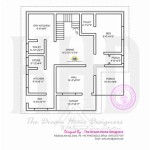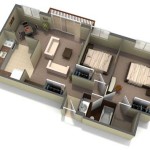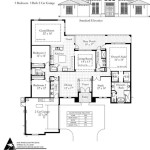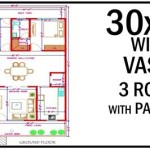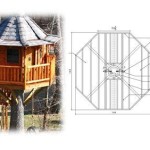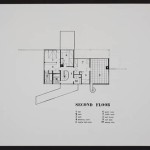Essential Aspects of Designing a Basement Floor Plan
Creating a basement floor plan is a crucial step in transforming your unfinished basement into a functional and comfortable living space. By carefully considering these essential aspects, you can design a layout that meets your needs and enhances the overall value of your home.
1. Determine the Purpose and Functionality
Before you start drawing, determine the primary purpose of your basement. Will it be a living room, bedroom, home theater, or storage area? Consider who will be using the space and what activities they will engage in. This will help you define the specific requirements for each area.
2. Allocate Space Wisely
Maximize the available space by carefully allocating it to different functions. Consider the size and shape of each room and how they will connect to each other. Allow for adequate circulation space between furniture and walls to ensure a comfortable flow. Vertical space can also be utilized through built-in shelves or lofts.
3. Optimize Natural Light and Ventilation
Basements often lack natural light, so it's essential to incorporate windows or skylights wherever possible. Good ventilation is also crucial for maintaining air quality and preventing moisture buildup. Consider adding exhaust fans or vents to circulate air effectively.
4. Electrical and Plumbing Considerations
Electrical and plumbing requirements are crucial for a functional basement. Plan the location of outlets, switches, lighting fixtures, and appliances to ensure convenience and safety. Consult with a professional electrician and plumber to ensure all systems meet code requirements and are properly installed.
5. Fire Safety and Egress
Basement safety is a top priority. Ensure there are adequate fire exits and escape routes. Install smoke alarms and carbon monoxide detectors throughout the space. Consider adding a fire sprinkler system for added protection.
6. Waterproofing and Drainage
Basements can be prone to moisture and water damage, so it's essential to implement proper waterproofing measures. Install a vapor barrier, sump pump, and drain system to keep the space dry and prevent costly repairs.
7. Access and Entry Points
Plan multiple access points to the basement, including a main staircase and a secondary entrance, such as a walkout or a bulkhead. Consider the location of these entry points in relation to the other rooms in the house and the exterior.
8. Electrical and Plumbing Considerations
Electrical and plumbing requirements are crucial for a functional basement. Plan the location of outlets, switches, lighting fixtures, and appliances to ensure convenience and safety. Consult with a professional electrician and plumber to ensure all systems meet code requirements and are properly installed.
9. Basement Ceiling Height
The ceiling height in a basement is determined by the height of the foundation walls and the floor joists. A minimum ceiling height of 7 feet is recommended for most areas, but you may want to consider a higher ceiling if you plan to use the space for a bedroom or living room.
10. Storage and Functionality
Basements are great for storage, so be sure to include plenty of storage space in your floor plan. Built-in shelves, closets, and under-stair storage can help you maximize the space without sacrificing style.
Conclusion
Creating a basement floor plan that is both functional and visually appealing requires careful planning and consideration of these essential aspects. By taking the time to define your needs, optimize space, and address safety and functionality, you can transform your unfinished basement into a valuable and enjoyable living space.

Basement Floor Plans Types Examples Considerations Cedreo

How To Plan For A Finished Basement Chiefblog

Basement Floor Plans

Basement Floor Plans Types Examples Considerations Cedreo

Basement Floor Plans Types Examples Considerations Cedreo

Basement Floor Plans

Basement Layout

Basement Floor Plans Types Examples Considerations Cedreo

How To Create A Great Living Space For Finished Basement Layout

C 511 Unfinished Basement Floor Plan From Creativehouseplans Com

